Digitisation on course as Oct. deadline nears
The digitization of the Rs 33,000 crores television industry when it completely rolls out in India will be a revolutionary step. This is simply because television is so popular here; more popular than films. It is the greatest form of entertainment for India. The government wants to make this industry more transparent because it encompasses the entire masses and the various players like the cable operators, the Multi System Operators (MSO)s, the broadcasters, advertisers and the government. A lot of money is at stake, the stakeholders are being fleeced and monies that should be due to the parties are not reaching them. Hence digitisation is significant as it will (it is hoped) will lead to far better services for consumers, the operators will not lose money and will be able to further monetize their systems; the programmers will get a fair stake and the government will get tax revenues - so it will be good for all parties involved. At present, every stake-holder is not getting exactly what they want.
How will digitization change the current scenario?
Once it happens, the operators who hitherto had been charging huge amount as carriage fees from the MSOs will be unable to do it. The local cable operators who often underreported their number of cable connections and charged the consumers hefty amounts as cable charges will not be able to do so. The broadcasters who were at the receiving end in terms of revenue sharing will now get a fair share. Finally the government can expect tax revenues. Thus there will be much more transparency.
Digitisation is good in the long-term. Not just television, the consumers can expect much more. It can ultimately prove to be incredibly of great value. It can only become better because of new interesting services; not just television channels which will be made widely available to consumers.
The Telecom Regulatory Authority of India (TRAI) has first set the deadline for digitization in the four metros of Mumbai, Delhi, Kolkata and Chennai as July 31st 2012. However the ground implementation report not being very encouraging because of unavailability of set-top boxes, reluctance of cable operators and even consumers at places the deadline was extended to October 31st 2012. Now only about three weeks are left for the deadline to expire. The progress can be termed satisfactory.
Progress of Digitisation
According to the latest report by the Ministry of Information & Broadcasting which is monitoring the first phase of digitisation in four metros, an average 77 per cent of cable digitisation has already been achieved. If DTH is included, the overall figure goes up to 84 per cent.
Mumbai has achieved nearly 99 per cent digitisation, followed by Kolkata where nearly 73 per cent households have been digitised. In Delhi, digitisation has crossed 66 per cent, while in Chennai the figure is nearly 59 per cent. MSOs and broadcasters are also collaborating for phase-wise switching off analogue television channels signals prior to the deadline to push consumers to buy a set-top box.
The Government is relying on Census 2011 data to get authentic figures relating to households and television penetration. For instance, in Mumbai it has estimated 26.65 lakhs households, according to Census 2011. With an estimated 85 per cent television penetration in the city, nearly 22.74 lakhs households are estimated to be television households. Of these, nearly 7.27 lakhs are estimated to be DTH, based on data provided by the players. After deducting the DTH households and adding 3.09 lakhs households assumed to own more than one television, the Government has estimated the total number of cable television subscribers at 18.56 lakhs. Total installation of set-top boxes, as of October 9, stood at 18.67 lakhs, which has led to the estimates that Mumbai has achieved 99 per cent digitisation. The Government has used similar methodology to estimate the progress of digitisation in Delhi, Chennai and Kolkata.
Roadblocks
There are a few roadblocks which is normal whenever any new process or a system is being implemented. However they seem to be a passing phase and it is believed that ultimately everyone will accept digitisation. The West Bengal Government is likely to appeal to the Centre for extension of the digitisation deadline in Kolkata from October 31. The decision to re-appeal to the Centre has been taken following a meeting between the State Urban Development Minister, Firhad Hakim and the multiple system operators (MSOs) of the city. According to Hakim, the State Government is anticipating law and order problems if there is a sudden blackout of television sets across the city which are yet to convert from the analogue to the digital network. An earlier appeal by the State to the Centre on September 29 had failed to yield any results. Elsewhere in Chennai there is likely to be a demand for extension of the digitization deadline.
A good thing is that the first phase of digitisation, since it only covers the four metros, opposition or demand for extension is bound to be restricted. Once the process is rolled out in other cities and nationally, it will be interesting to watch how it gets accepted or is opposed.
How Each Party Benefits
Consumers
Digitisation is going to lead to a lot of good for consumers, because they will be able to select the channels specifically that they want. It will also widen drastically the quality and variety of the services. This will allow other specialised channels to come in. Variety is something that is really missing in the Indian market right now or we have hundreds of channels. We are missing some good premiere channels and niche-interest channels. Digitisation will solve this problem. Consumers will get other services like broadband and even IP telephone services will be available to consumers, all at very reasonable prices. Again, it is really in the consumer hands; they can control what they decide to subscribe to. So, pricing-wise, cost-wise; it should work out that you get exactly the way you want.
Television viewers will be able to choose a minimum of hundred free to air (FTA) channels at a maximum retail price of Rs 100, cable operators will have to mandatorily offer a Basic Service Tier (BST) to viewers throughout the country. The Basic Service Tier would consist of 100 free to air channels including 18 mandatory Doordarshan channels plus the Lok Sabha channel.
The TRAI tariff order lays down that apart from the mandatory channels in the BST, cable operators and Multi System Operators (MSOs) will have to provide customers a minimum of five channels of different genres. The genres are General Entertainment Channels (GEC) in English, GEC- Hindi, GEC - regional, music, news, movies, sports, kids infotainment and lifestyle. Customers can also choose another option which includes some pay channels and pay a monthly price upto Rs 150.
Advertisers
Digitisation will mean more transparency. Advertisers (TAM Controversy apart) will get a more transparent system and so it can only help. It will give advertisers an opportunity for advertising as well as through different channels. Variety of media is always good for advertisers. They can be very focused or targeted about who they are addressing. This is going to excite a lot of advertisers. There will be lot of interesting services and new channels that will speak to a very specific audience and that targeted viewership is highly attractive to a lot of advertisers.
MSOs / Broadcasters / Cable operators
The TRAI order states that revenues will be split 55:45 (for free channels) and 65:35 (for pay channels) between MSO and cable operators. This seems fair given that MSOs will bear the burden of digitisation. The new order if implemented well will help all. Multi-system operators (MSO)s will gain from the increased volume of business they get, both in terms of carriage of channels and the enhanced addressable subscriber base. Consumers will have more choice in terms of content, broadcasters will benefit from the reduction in carriage fees and monthly charges which will be on la carte basis.
Media
MINUTES TO READ



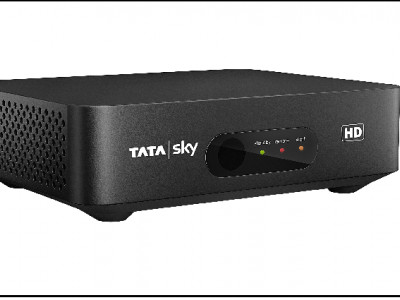
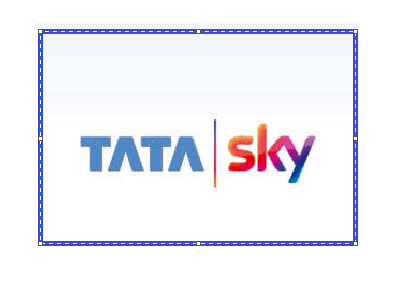
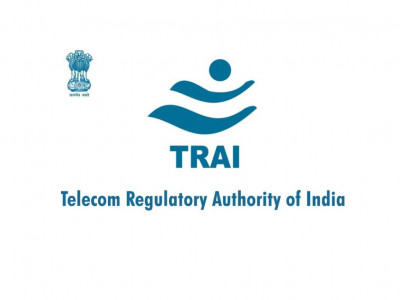

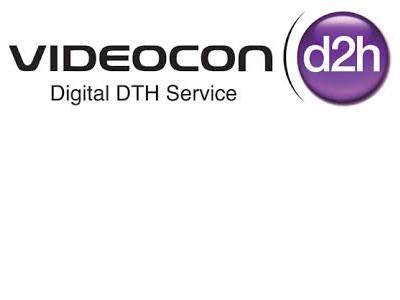
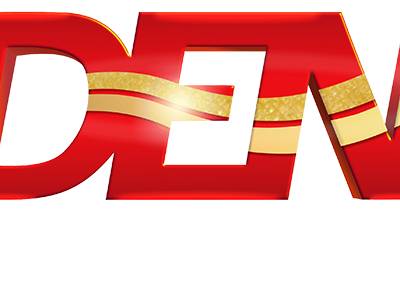
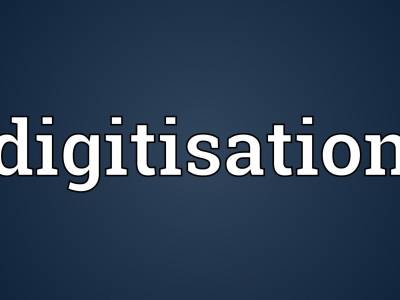

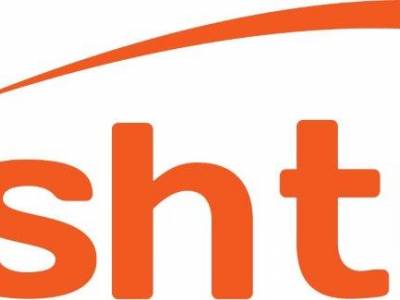


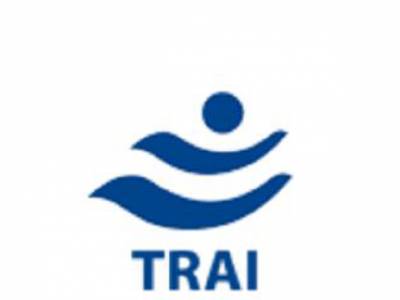

Share
Facebook
YouTube
Tweet
Twitter
LinkedIn